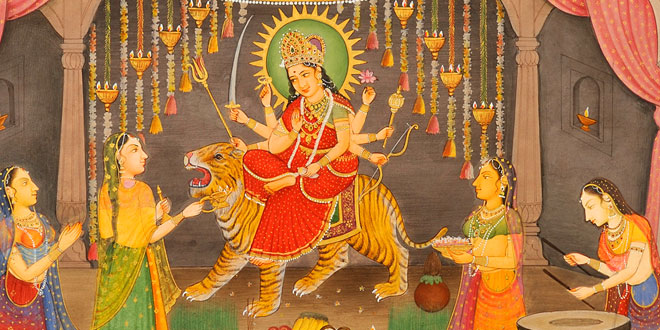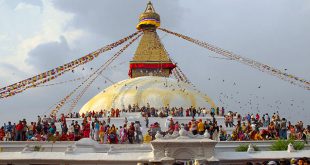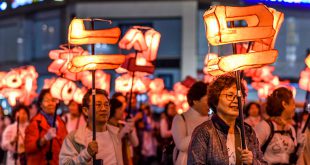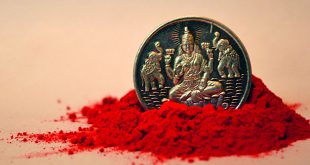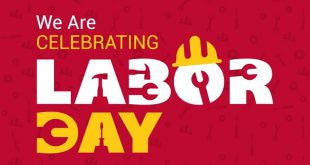History of Durga Puja
Durga Pooja has always been an integral part of the Hindu culture. However, the origin of public celebrations of grand Durga Puja can be traced back to the 16th century. With the ascent of the Mughals, Durga Puja became more of a status symbol in those days. Grand celebrations, gala feasts and huge fan fare was part of the very first ‘Sharadiya Durgotsab‘ festivals organized by Raja Kangshanarayan of Taherpur and Bhabananda Mazumdar of Nadiya in 1606. Annual festival of Durga Puja soon became the most celebrated festival and as a day for merriment with friends, relatives, neighbors and acquaintances. Opulence and extravagance became an inseparable part among the powerful and rich Bengalis. However, there were people who celebrated Durga Puja on their household level in a traditional manner, which were characterized by much more devotion and sentiments attached to the festival than the mere show off of the richer and more prosperous people.
Some of the households have been holding these celebrations for more than 250 years now and take pride in the fact of how old is their traditional worshiping set up. With time many cultural performances and shows became attached to Durga Puja for entertainment and religious purposes such as colorful procession known as ‘Jatra‘, puppet dance, Kobi gaan (a type of songs), Kirtan or devotional songs and magic shows that are the favorites of the children and adults alike. Earlier, animal and even human sacrifices were very common on the eighth day of the festival but eventually; this tradition has now become obsolete. There was an additional custom of ‘Baroyari‘ meaning a group of twelve friends that originated in 1790 in Guptipara in Hoogly in Bengal. It is also known as ‘Sarbojanin puja‘. Today, it has reached the masses of West Bengal and we can witness innumerable small-scale and grand-scale community pujas, flooded with funds with huge pandals and affluent decor. However, some people also believe that this lavishness mars the sanctity of the festival.
 Kids Portal For Parents India Kids Network
Kids Portal For Parents India Kids Network
